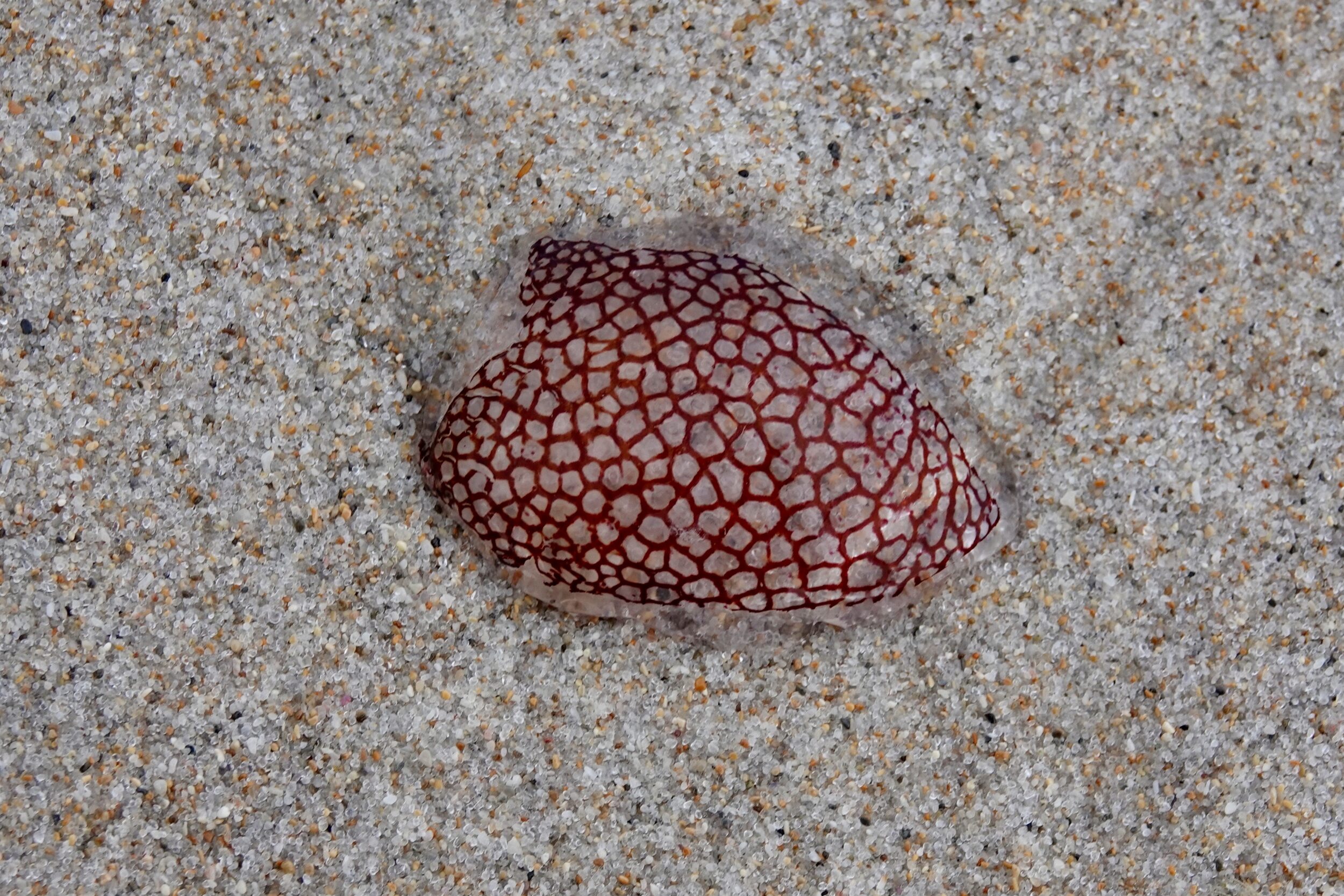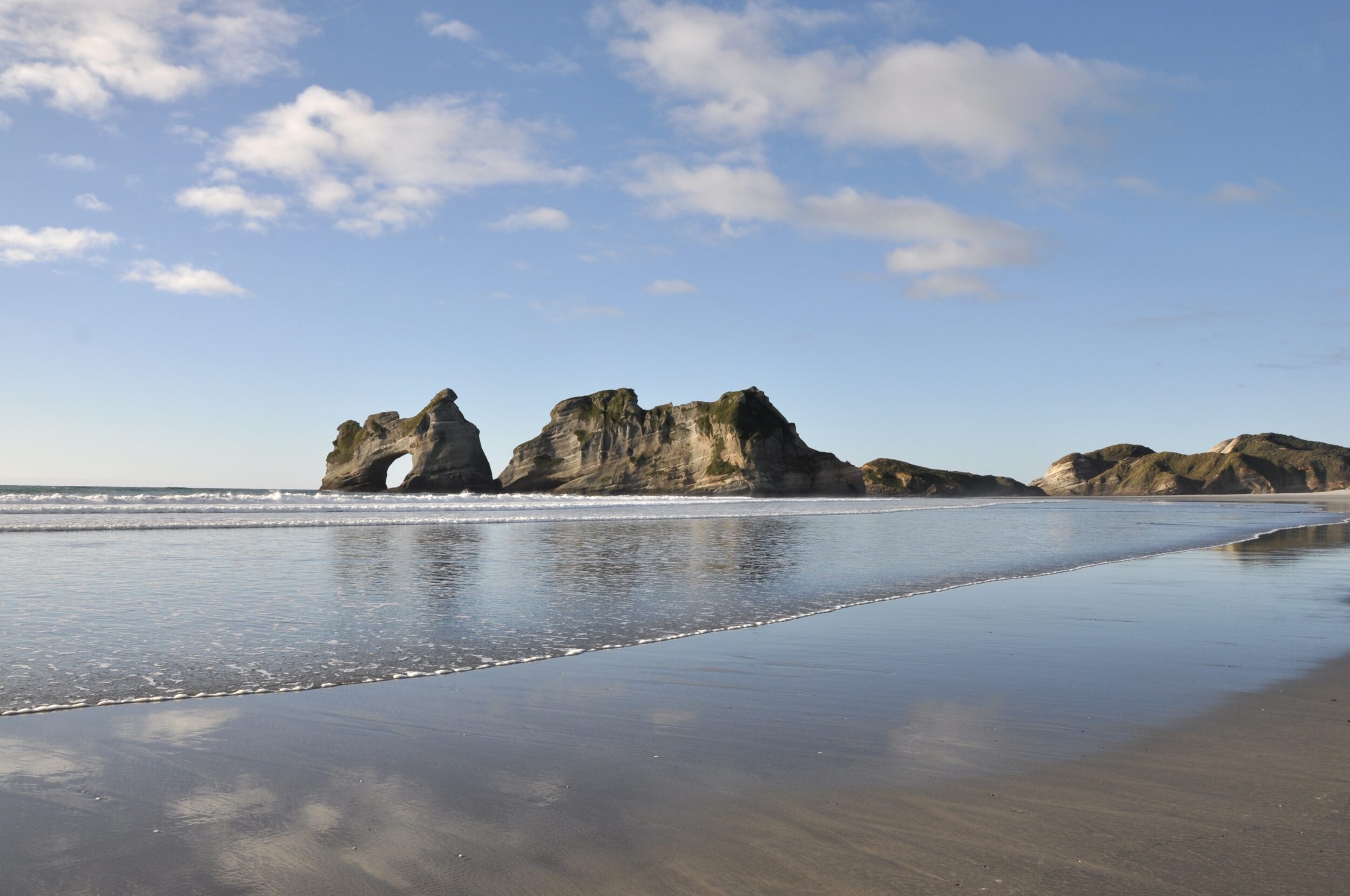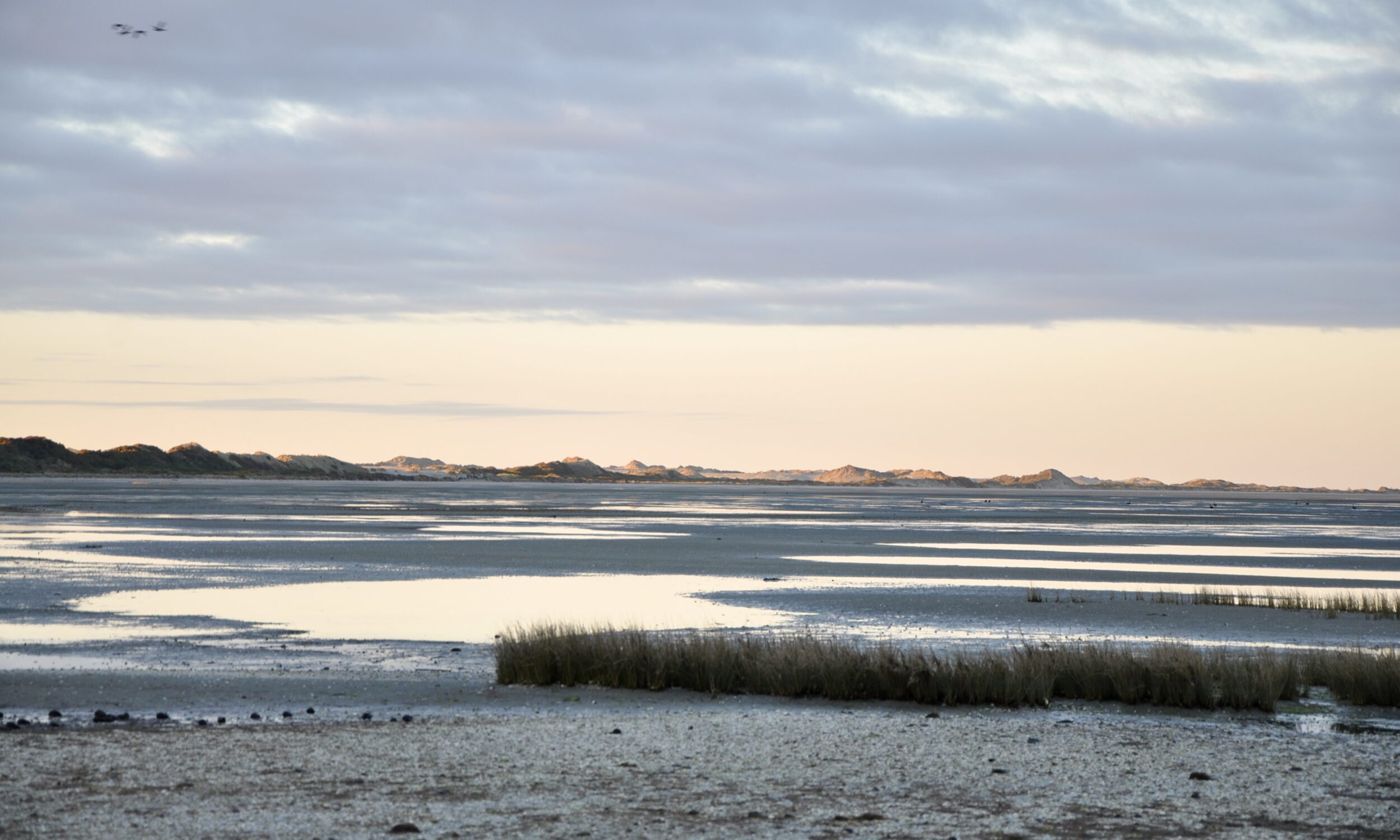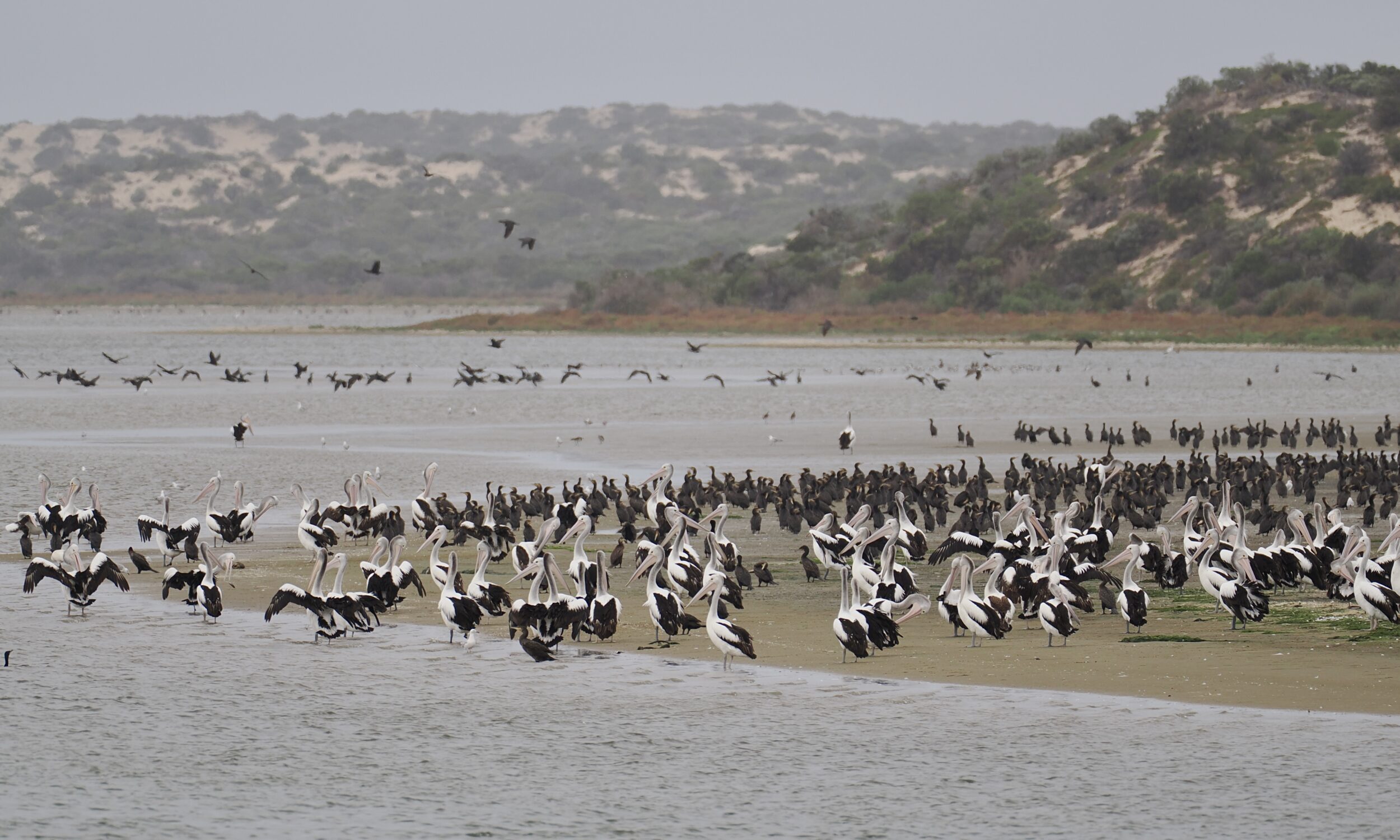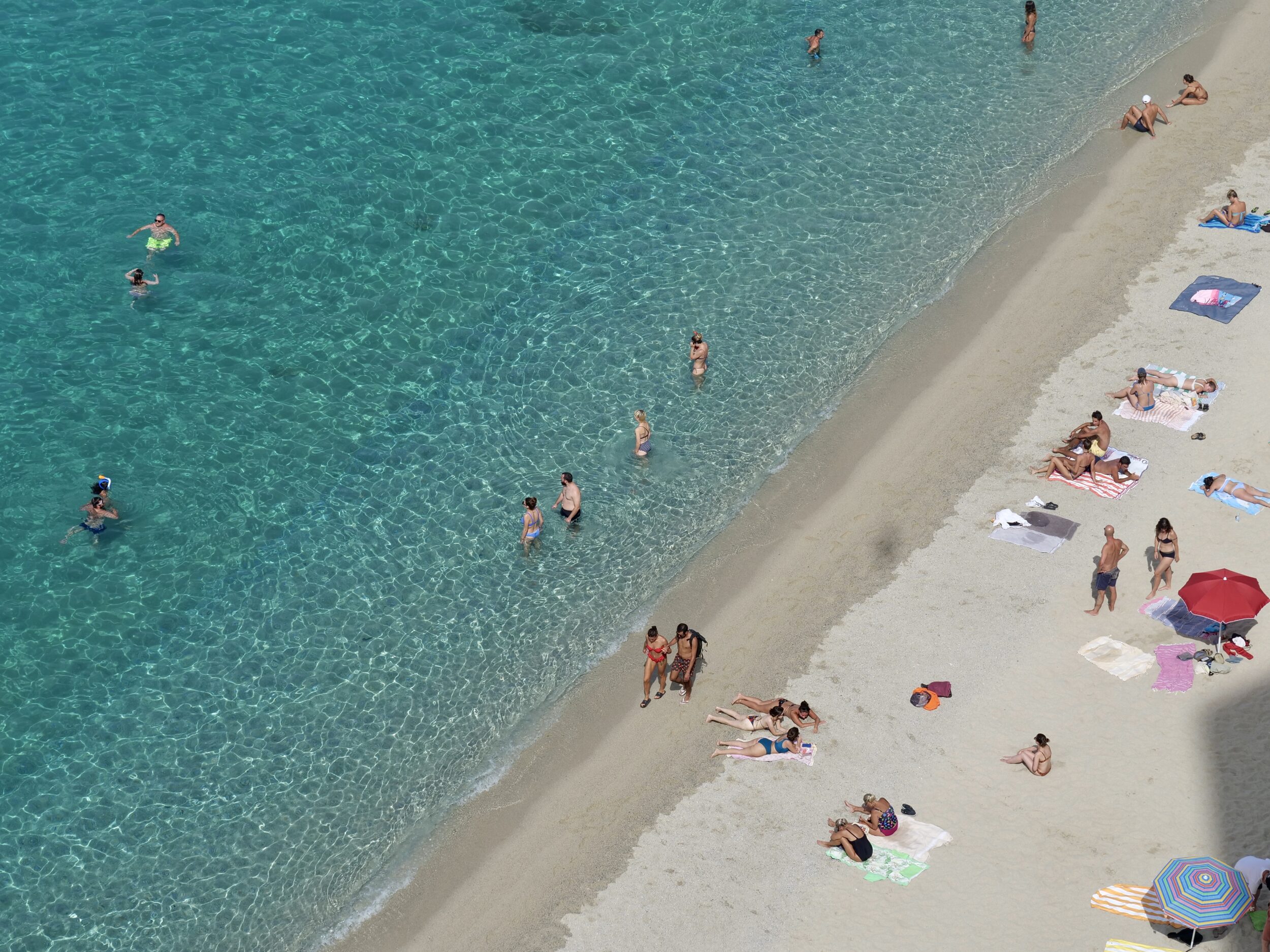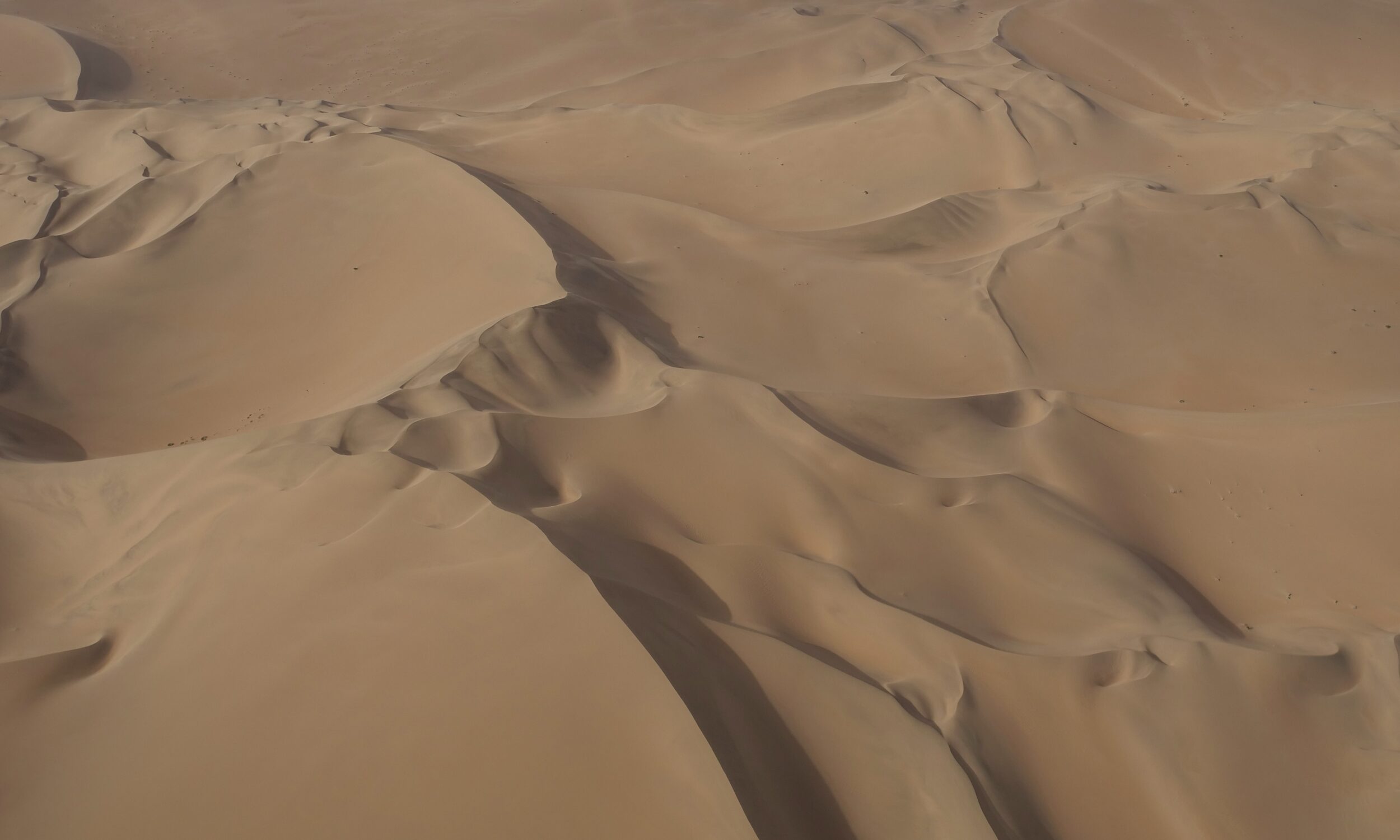New Zealand’s biggest spit is big, even if Australia’s biggest – the star of #3 in this series – is circa four times longer, and rather more massive.
Farewell Spit is the northernmost tip of NZ’s South Island.
As mentioned in the previous post, a spit is a highly dynamic landform; this is especially so if much of that spit is low-lying, bare sand.
At low tide, Farewell Spit’s “above water” length comfortably exceeds thirty kilometres.
At high tide, or during some storms, it is well shy of thirty kilometres; much of its far end then becomes a submerged sandbar.
My photo was taken at 6.10 pm in July 2010; it looks across from Terra firma to Farewell Spit’s firmest, tallest, best vegetated, most stable section.
Had I been looking down from a satellite or a high-flying plane, Farewell Spit’s appearance would have been altogether more singular.
